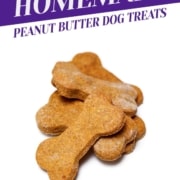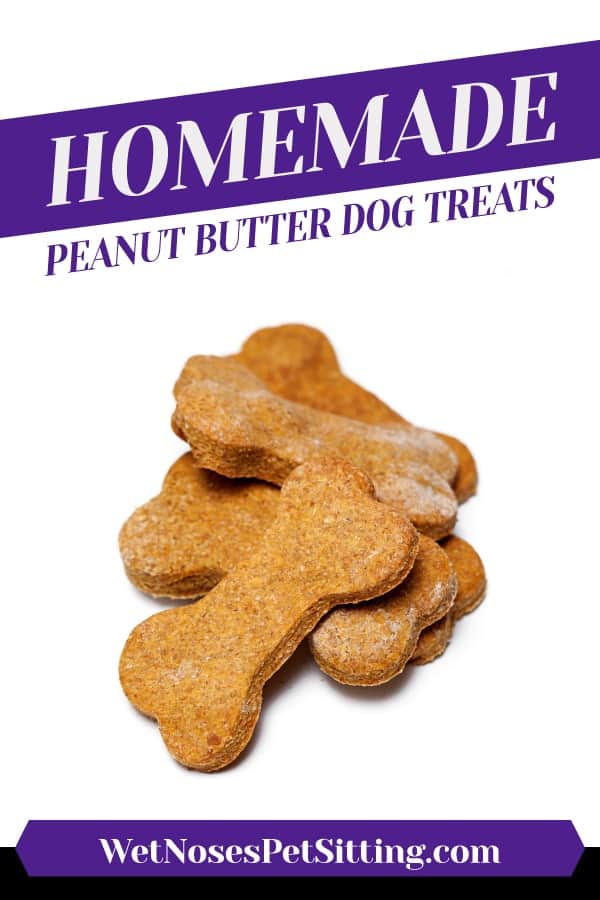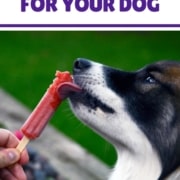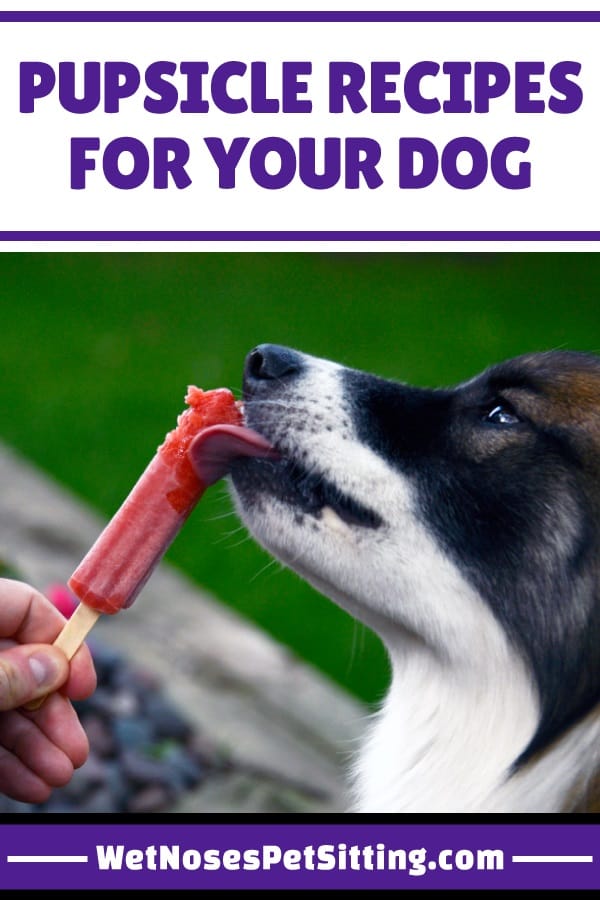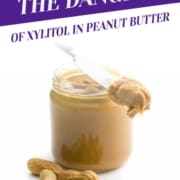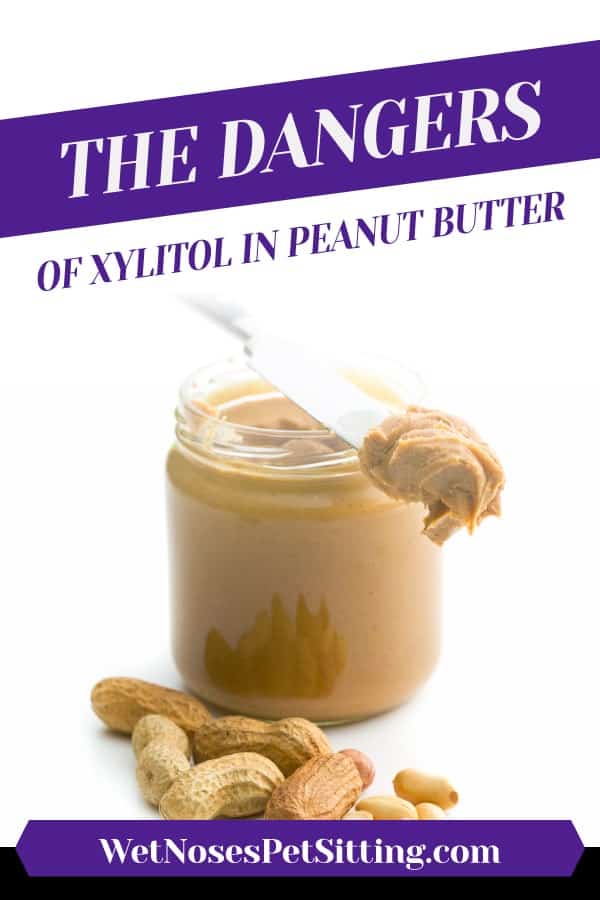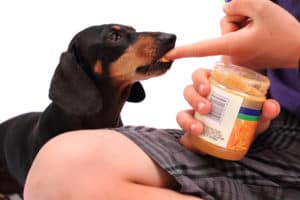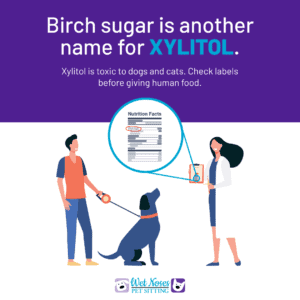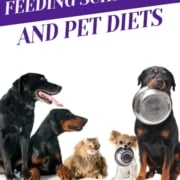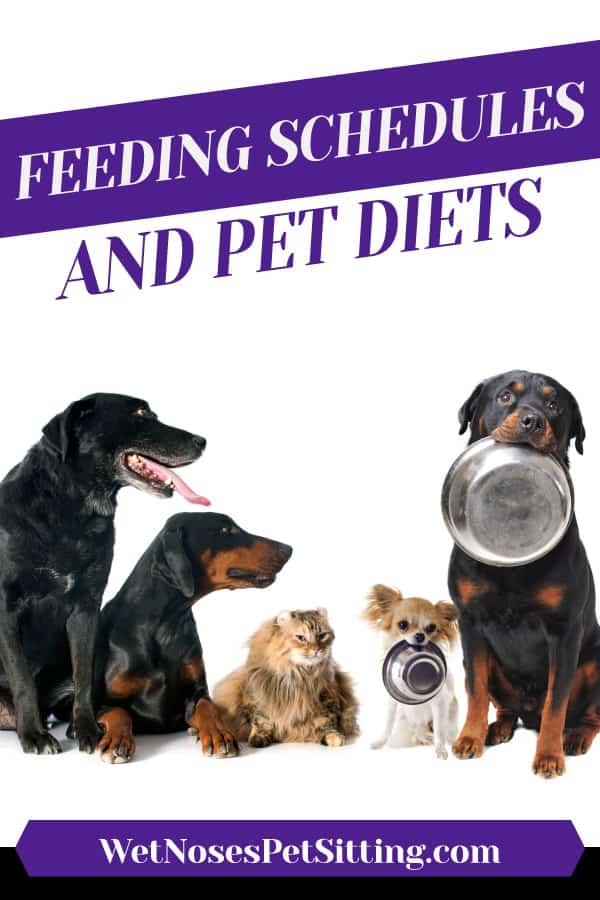Homemade Dog Treats Recipe
Most dogs love treats, but if you have a picky dog finding the right treat can be a challenge. This recipe is for some delicious homemade dog treats. You can make this recipe as is, or add in flavors your dog likes.
So here is the basic recipe.
Ingredients:
- Water or Milk
- Peanut butter
- Baking powder
- Flour
* Make sure the peanut butter is dog safe ( does not contain xylitol)
*For a lower fat option use water or skim milk
Directions:
- Preheat your oven to 375 degrees, and grease a baking sheet
- Mix 1 cup liquid and 1 cup peanut butter in a bowl until it is well combined
- In another bowl mix a tablespoon of baking powder with 2 cups of flour
- Add the powder to the liquid mix, and mix it together
- Take a tablespoon of dough and roll it into a ball
- Place the dough ball on the baking sheet
- Bake the treats for 10-15 minutes
So this is the basic recipe but you can add things in to vary the treats and to suit your dog’s taste
Possible add-ins:
- Herbs (mint, parsley, rosemary, oregano)
- Veggies (carrots, broccoli, green beans, peas)
- Fruit (blueberries, banana, apple)
- Pre-cooked meat (hot dog bits, chicken shreds)
For add-ins, cut them so that each piece is less than a 1/4 inch in length
*Add-ins should all be dog-safe foods
Try lots of variations on this recipe to find the one that your dog likes best. With a few add-ins and some experimentation, these homemade dog treats should suite the even the most discerning canine palette.


